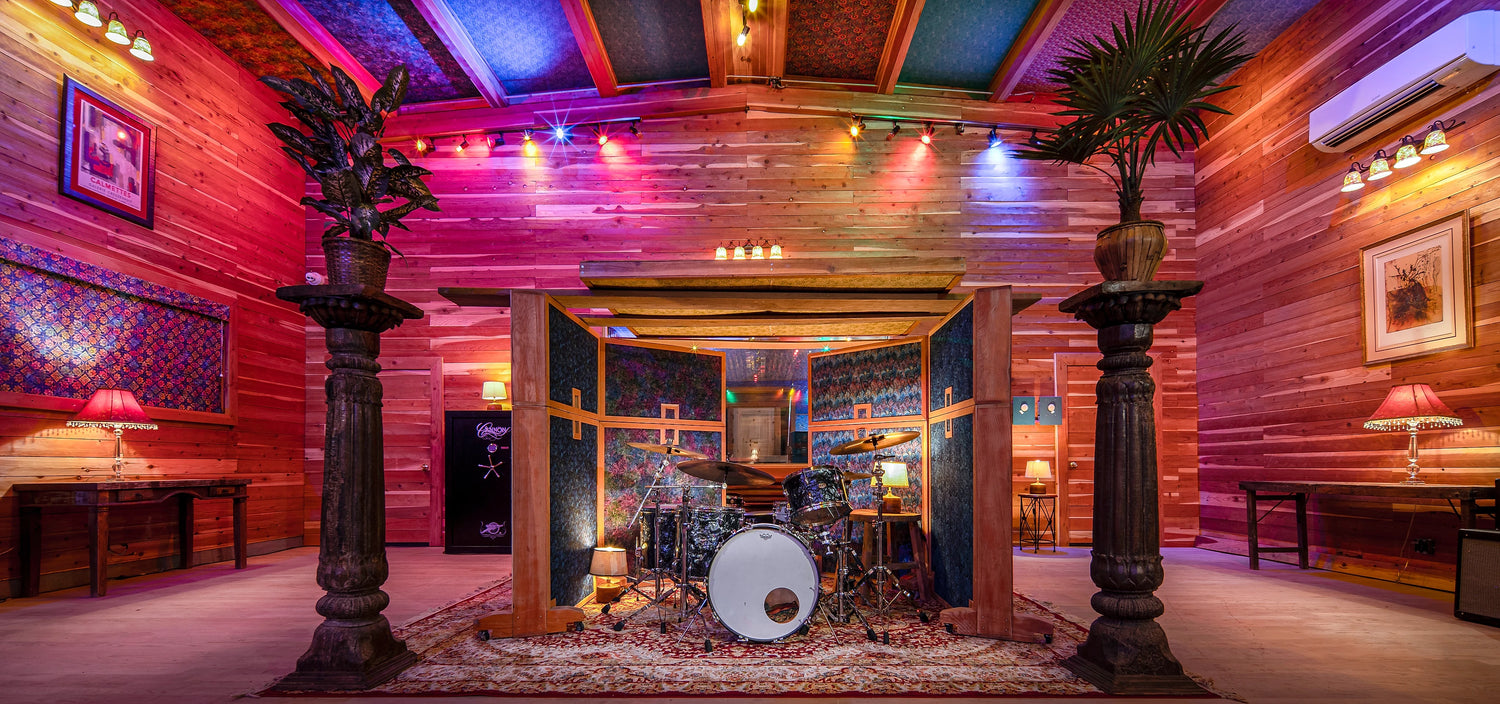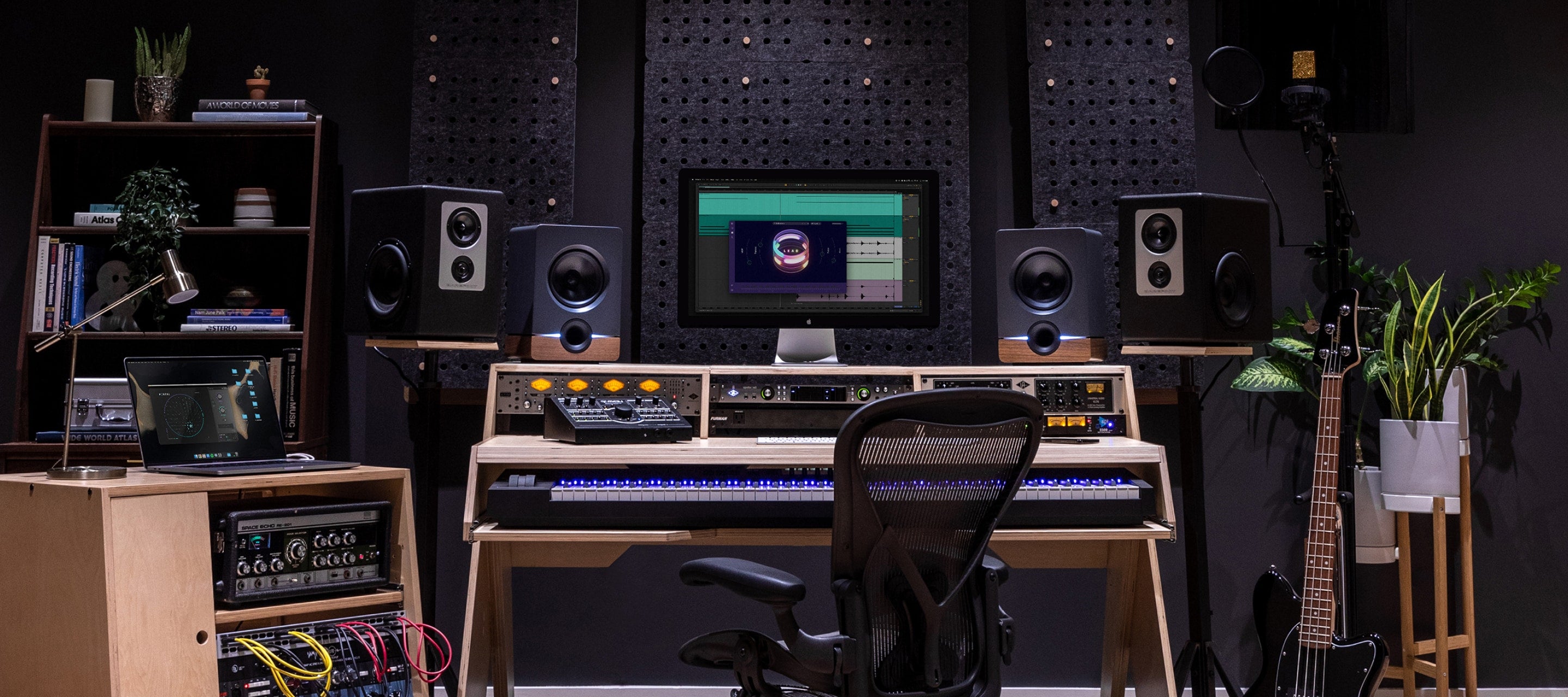If you’ve been paying attention to our social media, and judging by our following, you haven’t been (Shameless plug, we’re @defisound on Instagram, @de-fisound on YouTube, and will be something soon on TikTok before the feds shut it down.), you’ve likely noticed the series where we evaluate professional studios.
When discussing acoustics and learning about them, pro studios are a good place to start, because the physics of sound are very predictable. If sound does one thing in one place, assuming similar altitudes and temperature (A wavelength of a frequency will increase at higher altitudes, but we’re not really talking the difference between LA and Denver, more like the difference between LA and the summit of Everest, so don’t worry about it.), it will behave the same way in another. Put another way, if you like the sound of a certain studio, and you do the same thing to yours, it will sound similar.
This obviously has practical limitations because real estate is expensive and houses tend to be square, but in this series, we’re going to call out common attributes that all of these spaces have, and how we can apply that to our own rooms. Here’s the first in this series.
Professional live rooms are big.
I realize that you, dear reader, may have just referred to me as Captain Obvious, but stay with me.
From just a practical space standpoint, they need to be big. You need space to fit a band, and in some cases, a choir and orchestra–you’re not doing that in a closet. However, this also has acoustic implications, and I’m not referring to just reverberations. Frankly, fixing unnatural reverberations with Absorbers is pretty easy, fixing lower frequency reinforcement and modes isn’t, so most home studios just deal with the reverb, think they're done because the flutter echo is gone, but then wonder why mixes that sound balanced in their room don't anywhere else, and why recordings made in the room are so bass heavy. Reinforcement and modes (basically the same thing) are usually much more problematic in home studios than reverb. Large rooms mostly eliminate reinforcement issues by simply being big.
The most problematic modes are the Axial Modes, and these are when one of the major x,y,z axis dimensions of a room corresponds with a wavelength. 75Hz is about 15 ft. long, so if your room is 15 ft. long, 75Hz is one of your Axial Modes, and will be either louder or quieter depending on cancellation and where you happen to be in the room. The lowest audible frequency, 20Hz (most of us can’t hear that low, but I’ll punt that for now), has a 56 ft. wavelength. Therefore, if your dimensions exceed 56 ft., you don’t have reinforcement and/or cancellation issues.
That said, most studios, even big ones, don’t have ceilings that high, but they almost always have diffusion or some kind of shape on the ceiling to break up any direct reflections between the ceiling and floor. Also, the lowest note in most music, even electronic music, is A0, which is 27.5Hz, with a wavelength of 41ft., so that’s pretty much the practical dimension where reinforcement ends.
You may be saying to yourself, “Cool beans dude, I live in LA and my entire $3m house is about 40 ft. long, super helpful.” Well, if the point is to try and emulate these famous spaces, the lesson is that you need to tame lower frequencies. You do that with Bass Traps, and they’re very important. Usually Bass Traps are number two on the list behind Absorbers–they shouldn’t be. Any serious acoustic treatment scheme must include bass management if you want your room to sound professional.
Next week, we’ll look at Absorption schemes.



